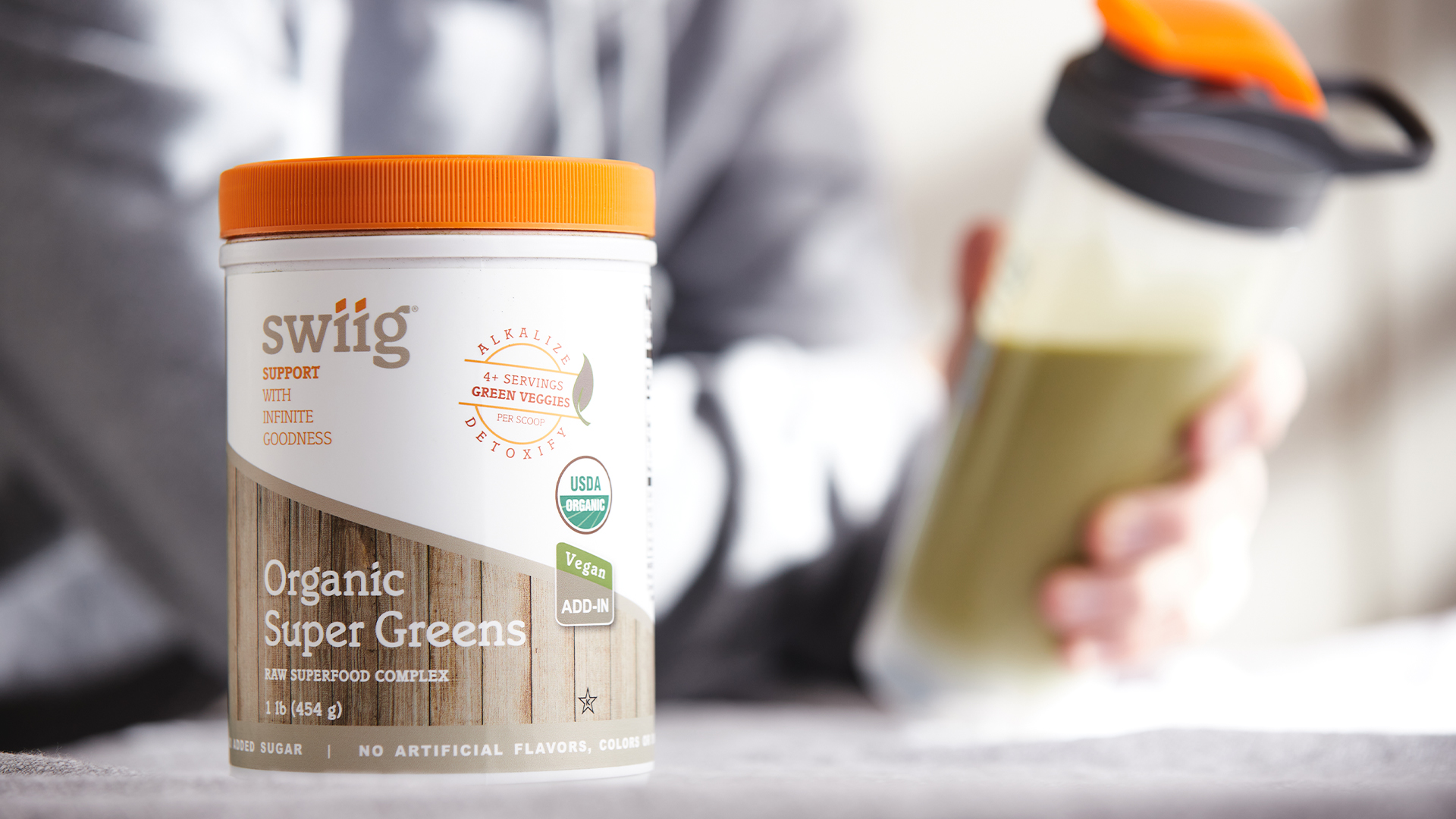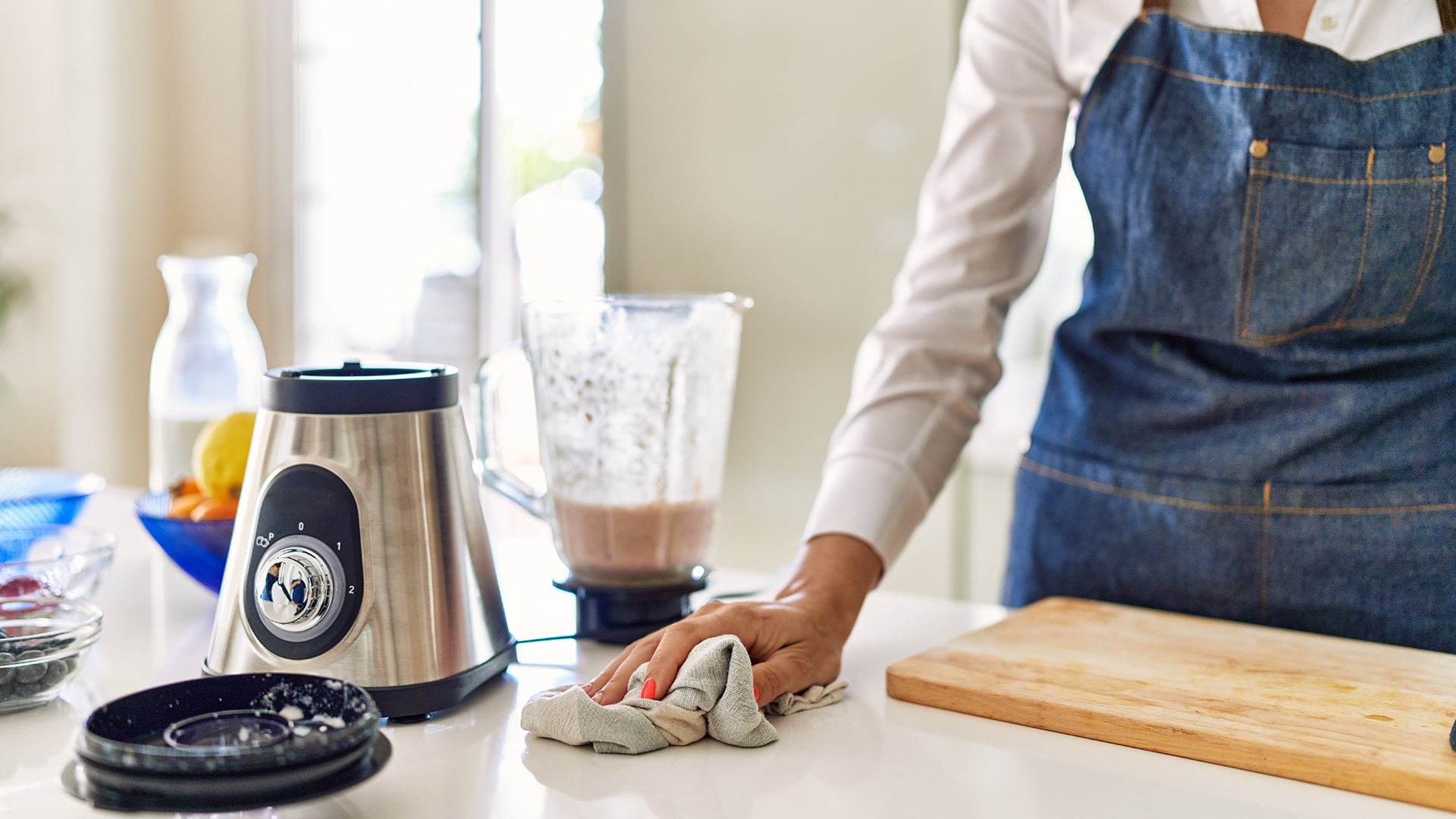Summer dehydration creates serious risks—fatigue, dizziness, and heatstroke threaten customer safety. Water isn’t always the optimal choice. Studies prove chocolate milk delivers superior benefits for cyclists, endurance athletes, and runners.
Smoothie bar owners understand these hydration fundamentals. Your customers need recovery solutions after hot weather workouts. This guide delivers practical strategies to monitor hydration status, identify effective post-workout beverages, and boost fluid intake when temperatures soar.
Why Hydration Matters More in Summer
Summer workouts create massive fluid demands for your customers. Moderate activities cause 1-2 liters of fluid loss per hour. Intense exercise can push losses to 3-4 liters hourly. This fluid loss affects body function beyond simple thirst.
Heat and sweat increase fluid loss
Customer sweat rates spike during summer workouts. Research documents 1 liter per hour losses in hot environments. Athletes wearing equipment that blocks heat dissipation lose 1-2 liters per hour. Your customers face similar challenges with restrictive workout clothing.
Dehydration risks during outdoor workouts
Summer magnifies dehydration dangers.
Symptoms of dehydration escalate rapidly in summer heat:
- Initial signs include thirst and feeling dizzy
- Progressive symptoms bring fatigue, rapid heartbeat, and decreased concentration
- Severe cases cause confusion, extreme thirst, and dangerous heat-related illnesses
Even mild dehydration reduces physical performance and increases perceived effort. Customers work harder for worse results.
How hydration supports recovery and performance
Proper hydration drives performance gains. Water accelerates post-workout recovery. It flushes toxins and transports nutrients to damaged tissues. Well-hydrated muscles recover faster, experience less soreness, and maintain better flexibility.
Joint health depends on hydration. Water makes up the bulk of joint cartilage, providing cushioning and reducing friction. Inadequate hydration removes this protection, raising injury risk during high-impact summer workouts.
Summer heat makes effective hydration essential for both performance and safety.
Top 5 Post-Workout Drinks to Beat the Heat
Recovery drink selection directly impacts customer satisfaction and repeat business. Post-workout beverages determine how quickly customers bounce back from intense summer exercise. Research confirms drink choice significantly affects rehydration effectiveness and muscle repair.
1. Recovery Shake: carbs, protein, and electrolytes
Shakes deliver exceptional recovery results by providing a fast, convenient source of nutrition when your body needs it most. After intense physical activity, your muscles are depleted of glycogen—the primary fuel source used during exercise—and are also in need of protein to begin the repair and rebuilding process. Recovery shakes, especially those containing a balanced mix of carbohydrates and high-quality protein, are ideal for replenishing glycogen stores and initiating muscle repair.
For best results, timing is key. The first shake should be consumed immediately after your workout—ideally within 30 minutes—to take advantage of the body’s heightened sensitivity to nutrient uptake during the post-exercise “anabolic window.” A second shake or nutrient-dense meal can be consumed about two hours later to sustain the recovery process, support ongoing protein synthesis, and stabilize blood sugar levels.
This two-stage approach helps reduce muscle soreness, accelerate recovery, and improve performance in subsequent workouts, making it especially beneficial for athletes and anyone training frequently or at high intensity.
2. Coconut water: natural potassium boost
Research demonstrates coconut water promotes rehydration and supports subsequent exercise with performance results matching sports drinks. Lower sodium content compared to commercial options doesn't compromise effectiveness due to high palatability that maintains blood glucose levels. Best suited for lighter workouts rather than extended endurance sessions.
3. Cherry juice: anti-inflammatory benefits
Tart cherry juice, especially Montmorency variety, provides anti-inflammatory benefits through compounds that inhibit cyclooxygenase enzyme activity. Consuming cherry juice several days before exercise accelerates muscle function recovery.
Studies show tart cherry supplementation improves muscle strength recovery and reduces post-exercise soreness.
4. Herbal tea: calming and hydrating
Herbal teas offer recovery benefits beyond basic hydration. These caffeine-free beverages contain anti-inflammatory and antioxidant compounds that reduce inflammation and protect against muscle damage.
Specific varieties provide targeted benefits: ginger reduces muscle pain, turmeric decreases delayed onset muscle soreness, and hibiscus supplies vitamin C, electrolytes, and anthocyanins for efficient muscle rebuilding.
5. Electrolyte drinks: fast mineral replacement
Commercial electrolyte drinks rapidly replenish lost minerals, particularly sodium—the body's most abundant electrolyte. Many contain 250 mg or more sodium per serving, exceeding 10% of daily recommended intake.
Activities lasting over an hour or high-intensity sessions benefit from electrolyte drinks with sodium that improve water retention beyond plain water capabilities.
Smart Hydration Strategies for Summer Workouts
Strategic hydration planning drives customer satisfaction and repeat business. Smart smoothie bar owners understand that effective sports hydration requires systematic approaches that address hot weather exercise challenges.
Hydrate before, during, and after exercise
Proper timing determines hydration success. Customers should consume 16-20 ounces of water 2-3 hours before exercise. This pre-hydration strategy ensures optimal fluid levels at workout start.
Consistent intake beats waiting for thirst. Research shows customers need 8 ounces of water every 15-20 minutes during exercise—approximately 24-32 ounces per hour. Workouts exceeding 60 minutes require electrolyte beverages to replace minerals lost through sweat.
Post-workout recovery demands 16-24 ounces of fluid for every pound of body weight lost. This replenishment works best within two hours post-exercise.
Use insulated bottles to keep drinks cool
Cold drinks increase consumption frequency. Insulated bottles maintain refreshing temperatures during extended outdoor sessions in high heat. Cooler beverages may help lower core body temperature during hot environment exercise, potentially improving endurance and reducing heat stress.
Avoid over hydration and electrolyte dilution
Excessive plain water consumption dilutes electrolytes, potentially causing hyponatremia. Activities exceeding 45 minutes require beverages containing both fluids and electrolytes.
Conclusion
Summer hydration knowledge drives profitable smoothie bar operations. Heat increases customer fluid needs dramatically—up to 4 liters per hour during intense activities. Dehydration affects performance before customers feel thirsty. Proactive hydration becomes essential for customer safety and satisfaction.
Post-workout beverage selection impacts recovery success. A shake provides optimal carb-to-protein ratios. Coconut water delivers natural electrolytes. Cherry juice reduces inflammation. Herbal teas offer unique recovery compounds. Electrolyte drinks replace minerals quickly. Activity level determines the best choice for each customer. Effective hydration extends beyond basic water service. Strategic timing matters—before, during, and after exercise.







